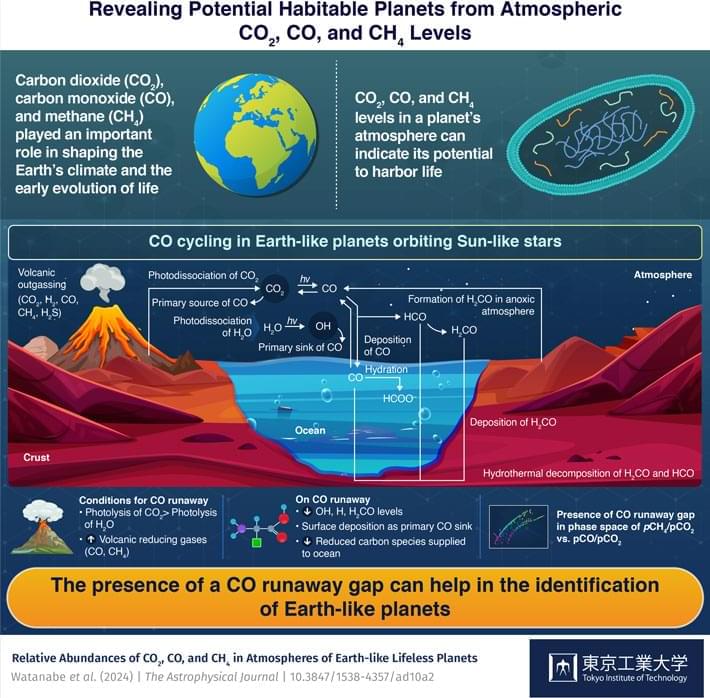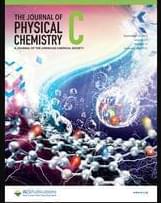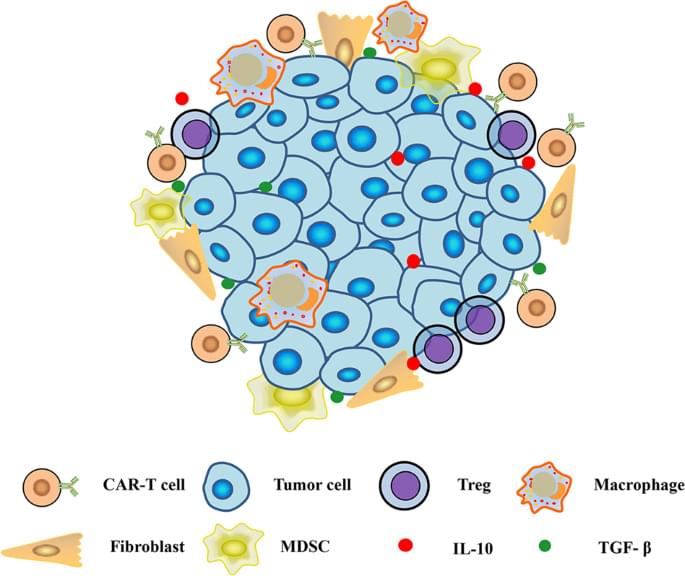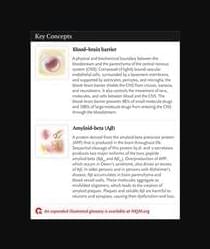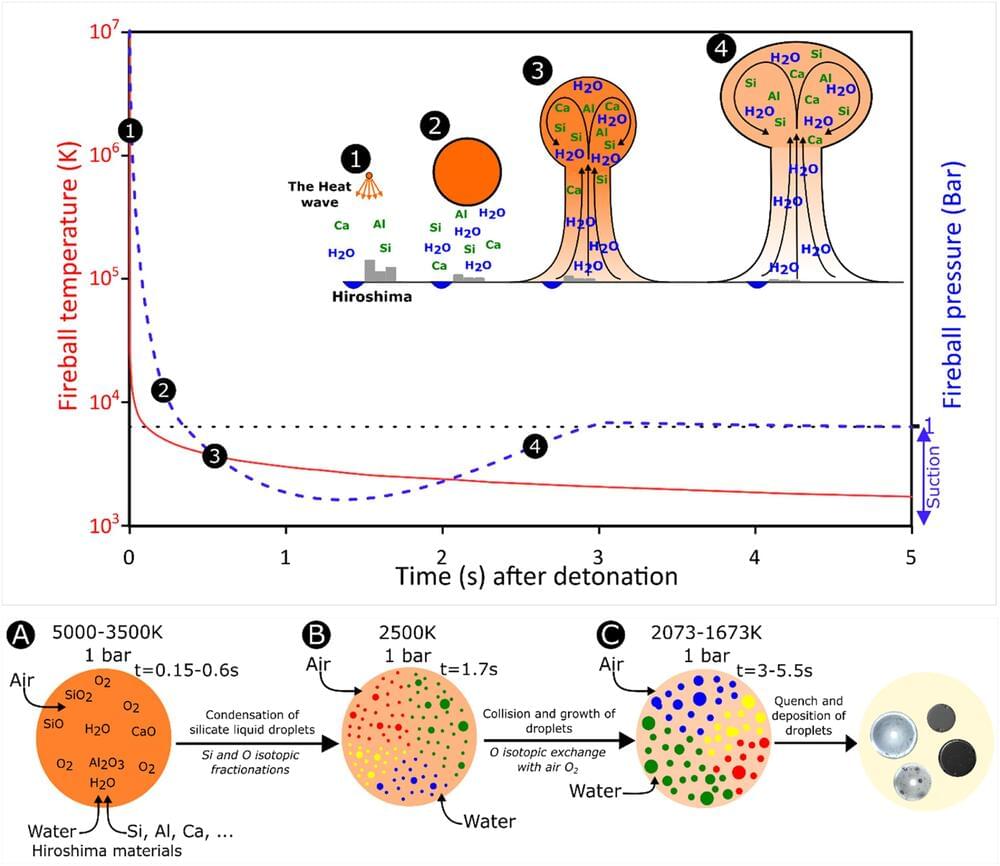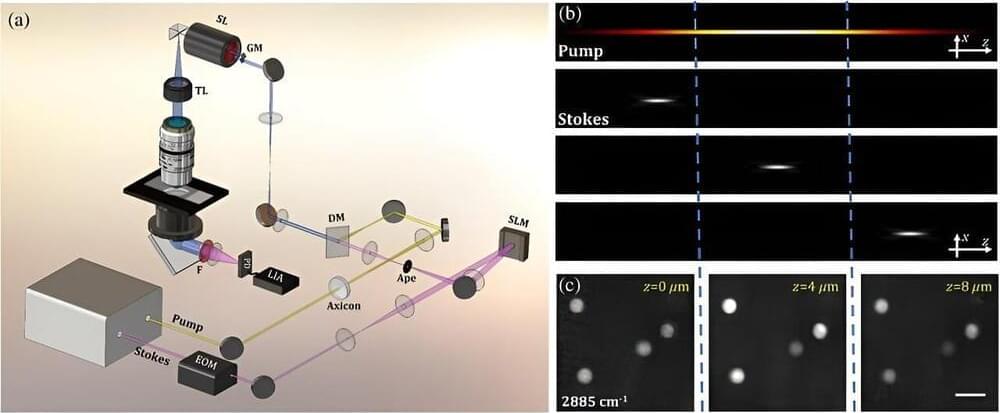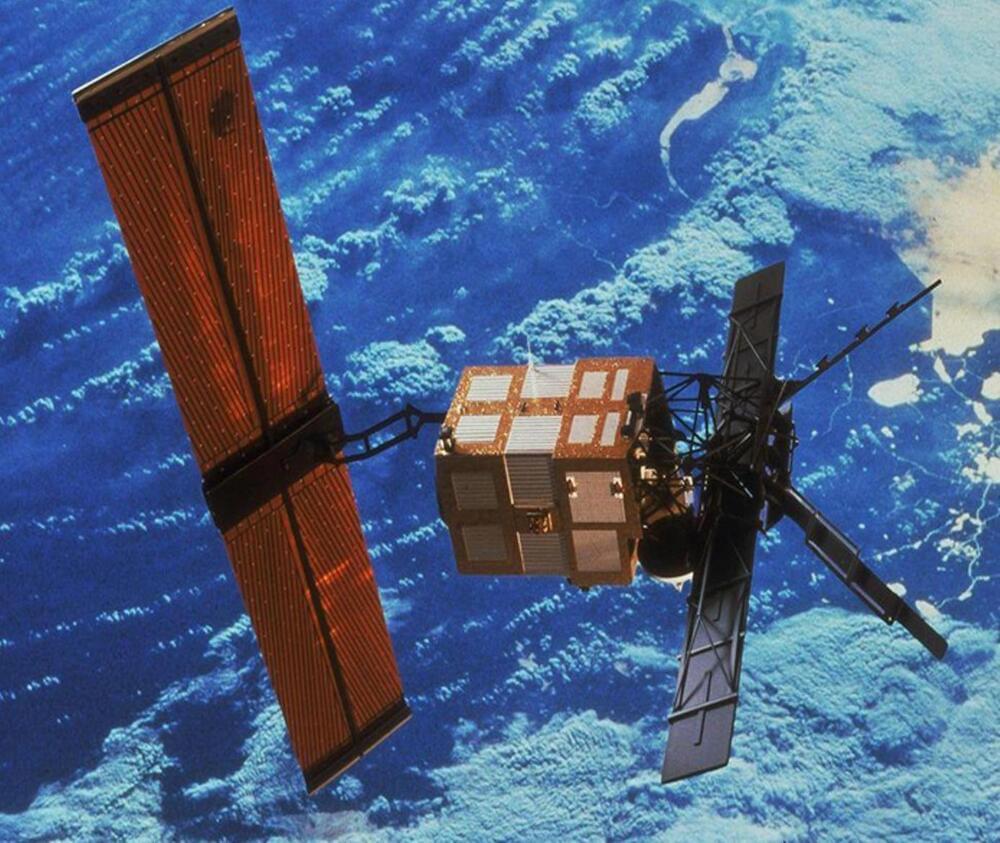Feb 25, 2024
Newly discovered Carbon Monoxide-Runaway Gap can help Identify Habitable Exoplanets
Posted by Natalie Chan in categories: alien life, chemistry, climatology
The search for habitable exoplanets involves looking for planets with similar conditions to the Earth, such as liquid water, a suitable temperature range and atmospheric conditions. One crucial factor is the planet’s position in the habitable zone, the region around a star where liquid water could potentially exist on the planet’s surface. NASA’s Kepler telescope, launched in 2009, revealed that 20–50% of visible stars may host such habitable Earth-sized rocky planets. However, the presence of liquid water alone does not guarantee a planet’s habitability. On Earth, carbon compounds such as carbon dioxide (CO2), methane (CH4), and carbon monoxide (CO) played a crucial role in shaping the climate and biogeochemistry and could have contributed to the emergence of life.
Taking this into consideration, a recent study by Associate Professor Kazumi Ozaki from Tokyo Institute of Technology, along with Associate Researcher Yasuto Watanabe from The University of Tokyo, aims to expand the search for habitable planets. Published in the Astrophysical Journal(External site) on 10 January 2024, the researchers used atmospheric modeling to identify conditions that could result in a CO-rich atmosphere on Earth-like planets that orbit sun-like (F-, G-, and K-type) stars. This phenomenon, known as CO runaway, is suggested by atmospheric models to have possibly occurred in early planetary atmospheres, potentially favoring the emergence of life.
“The possibility of CO runaway is critical in resolving the fundamental problem regarding the origin of life on Earth because various organic compounds suitable for the prebiotic chemistry are more likely to form in a CO-rich atmosphere than in a CO2-rich atmosphere,” explains Dr. Ozaki.
